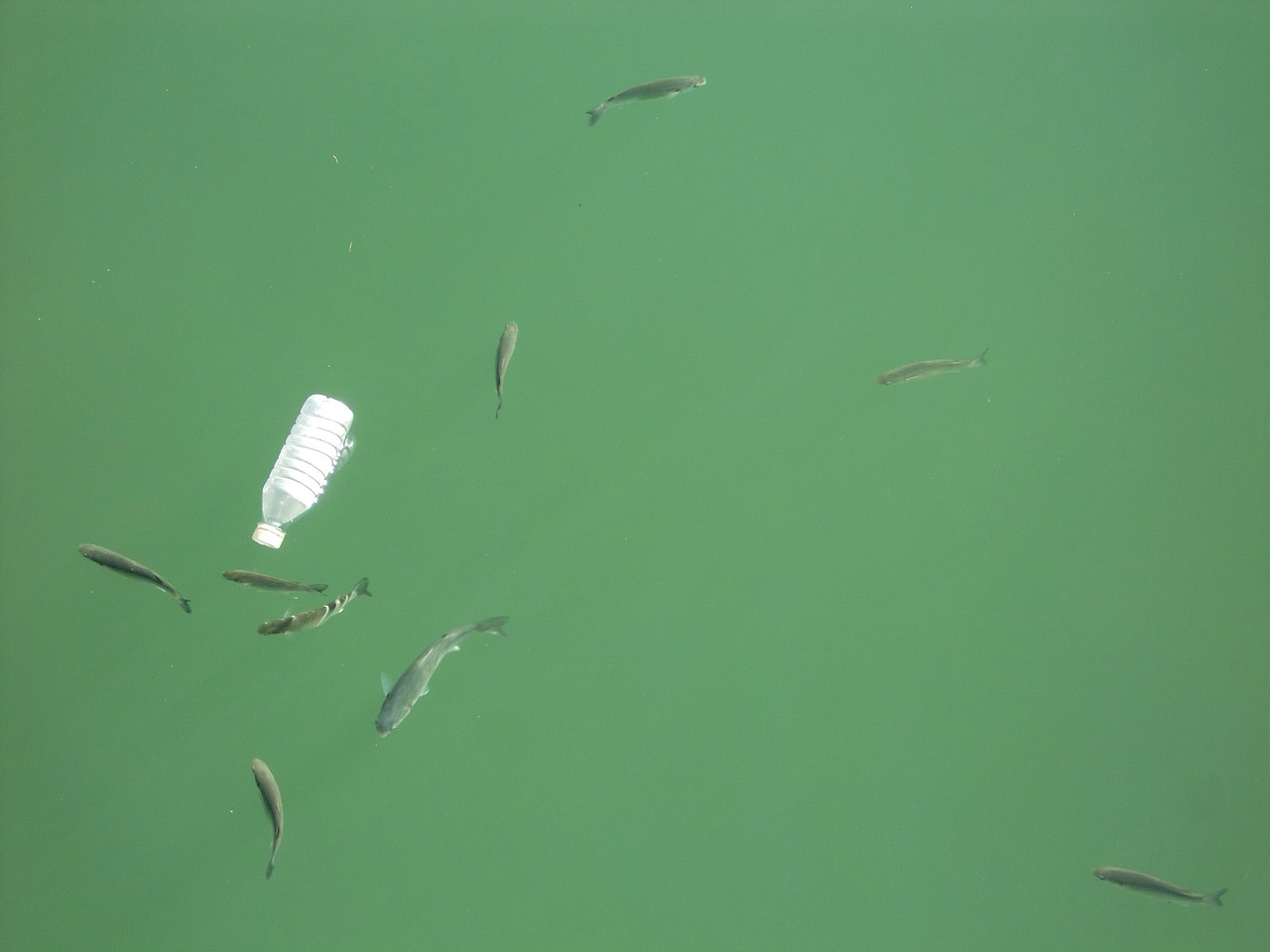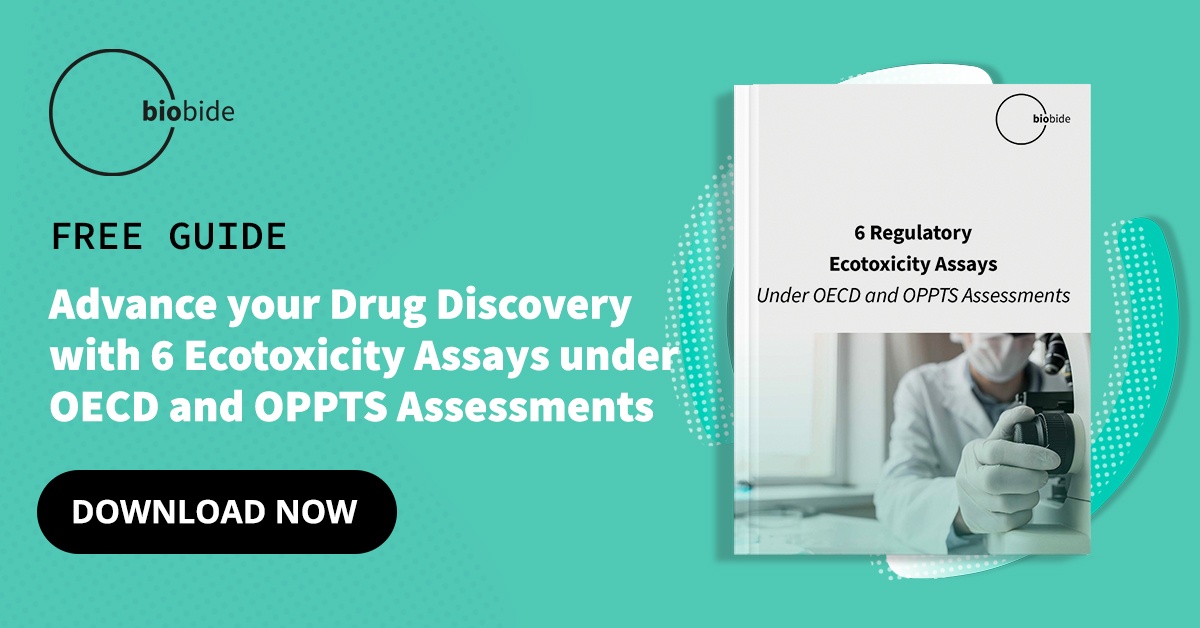Water quality is of utmost importance for the environment as it directly impacts the health and well-being of ecosystems, aquatic life, and the human population. Water quality is especially relevant as it is present in all ecosystems, affecting the whole ecosystem’s health and balance, including species biodiversity, crop irrigation, and drinking water supply.
Unfortunately, human activities are mainly responsible for water contamination through residue splits in aquatic systems and the presence of a multitude of medicinal and chemical compounds products consumed and produced by humans. Pharmaceutical and chemical compound residues enter bodies of water and accumulate in aquatic ecosystems, becoming potential environmental and health hazards.
Ecotoxicology is the study of the effects produced by toxic chemicals on biological organisms through the integration of toxicology and ecology. Its goal is to predict the effects of pollution within the context of all other environmental factors. In this sense, ecotoxicity studies are crucial to understanding the potential risks of contaminants for implementing effective ways to mitigate pollution and safeguard the delicate balance of aquatic ecosystems.
An effective manner for an environmental toxicity determination is to use bioindicators, living organisms whose behavior, population, or survival are susceptible to the presence of chemical or physical alterations. In the case of water, several organisms are used as bioindicators, including several aquatic species such as algae, daphnia, and zebrafish.
Ecotoxicological Effects of Medicinal and Chemical Compounds
The ecotoxicological effects of medicinal and chemical compounds include toxicity to aquatic organisms, disruption of ecological processes, and accumulation in food chains. Thus, it highlights the importance of assessing their impact on environmental health and sustainability.
Examples of medicinal and chemical compounds commonly studied in ecotoxicity assessments include antibiotics, nonsteroidal anti-inflammatory drugs (NSAIDs), and antidepressants. Chemical compounds like pesticides, herbicides, and heavy metals are frequently examined too due to their potential environmental impacts.
These compounds can produce several ecotoxicological effects, as described below:
- Acute toxicity: chemicals can exhibit acute toxicity, disrupting vital physiological processes, impairing organ function, and leading to severe ecological consequences, even death, to exposed organisms.
- Chronic toxicity: chemicals may also exhibit chronic toxicity, which occurs over a longer duration or repeated exposures. Chronic exposure to certain compounds can lead to sublethal effects, such as reduced growth, impaired reproduction, compromised immune function, and behavioral changes. These effects may accumulate over time, negatively affecting individual organisms, populations, and entire ecosystems.
- Bioaccumulation and biomagnification: many chemical compounds have the potential to bioaccumulate in organisms. Bioaccumulation occurs when organisms absorb and retain chemicals at a higher concentration than their surrounding environment. These accumulated compounds can then biomagnify, meaning their concentration increases as they move up the food chain. Top predators, such as apex predators or humans, can experience the highest levels of bioaccumulated compounds, leading to heightened ecotoxicological effects.
- Endocrine disruption: certain chemicals, known as endocrine disruptors, can interfere with the hormonal systems of the organisms. They can mimic or block the action of natural hormones, leading to disruptions in growth, development, reproduction, and behavior. Endocrine-disrupting compounds have been associated with abnormalities in aquatic organisms, including fish, amphibians, and invertebrates.
- Biodiversity loss: ecotoxicological effects of chemical compounds can contribute to biodiversity loss by harming sensitive species and disrupting ecological interactions. The loss of key species can generate cascading effects throughout the ecosystem, impacting nutrient cycling, food webs, and overall ecosystem stability.

Ecotoxicity Testing Methods
In order to assess the ecotoxicity effects of chemical products, wastewaters, or industrial splits is necessary to perform toxicity assays. Different assay types are necessary as the impact on the environment is complex and hard to define well. These assays can evaluate toxicity in water or terrestrial organism, including microbes, plants, and animals; toxicity of sediments; evaluation of ecological interactions or studies of structure-activity relationships that predict the possible toxic effects of chemical products by their structural similarity to other known toxic chemical compounds.
In recent years, many efforts have been made to control ecotoxicity and to assess the toxicity of many chemical and pharmaceutical compounds. Biobide is a company that contributes to the analysis of the toxic effects of substances on aquatic ecosystems. For these analyses, Biobide has developed different types of assays to analyze the ecotoxicity of chemicals on water using aquatic models such as algae (Pseudokirchneriella subcapitata), daphnia (Daphnia magna) and zebrafish (Danio rerio). These assays are crucial and provide valuable insights into the potential risks and effects on aquatic organisms and human health. Interestingly, zebrafish is a New Alternative Model which is gaining relevance due to its genetic similarity with humans, small size, easy growing and manipulation, high reliability, s well as other multiple scientific benefits and cost-effectiveness it presents. Besides, the zebrafish model is in line with the 3Rs principle (Replacement, Reduction, and Refinement) as it can be used in the embryonic stage, under six days post-fertilization.
These are the main ecotoxicity assays developed by Biobide:
Algae are extensively used as biosensor organisms for aquatic toxicity evaluation, as they represent sensitive bioindicators of water contamination and are vital in identifying potential risks to aquatic ecosystems and human health. Based on the OECD Guideline 201 and ISO standard 8692 can be developed High Content Screenings (HCS) for aquatic toxicity of chemicals. The assay measures the growth inhibition produced in the algae cultured and monitored for 72 hours, and Biobide can develop it in a miniaturized format in 96-well plates or, as the Guidelines specifically describe, following Good Laboratory Practices (GLPs).
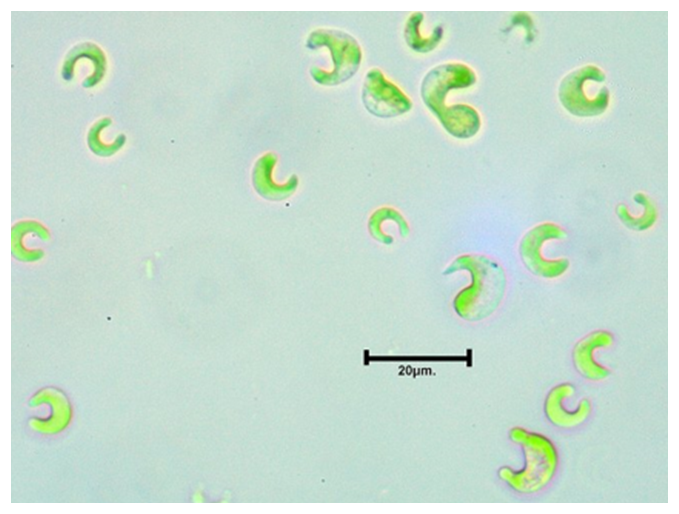
The small planktonic crustacean Daphnia magna is extensively used to assess toxic effects on freshwater systems for the environmental risk assessment of chemical substances. This helps understand the environmental impacts of pollutants and aid in regulatory decision-making for environmental protection. Biobide offers the acute toxicity assay on daphnia as defined by the OECD Test No. 202, studying their acute immobilization. In this assay, juvenile daphnia is cultured in the presence of test compounds and monitored for 48 hours. This organism is characterized by spontaneous and continuous movements, so the immobilization of the individuals is the endpoint of the study, as in the algae assay.
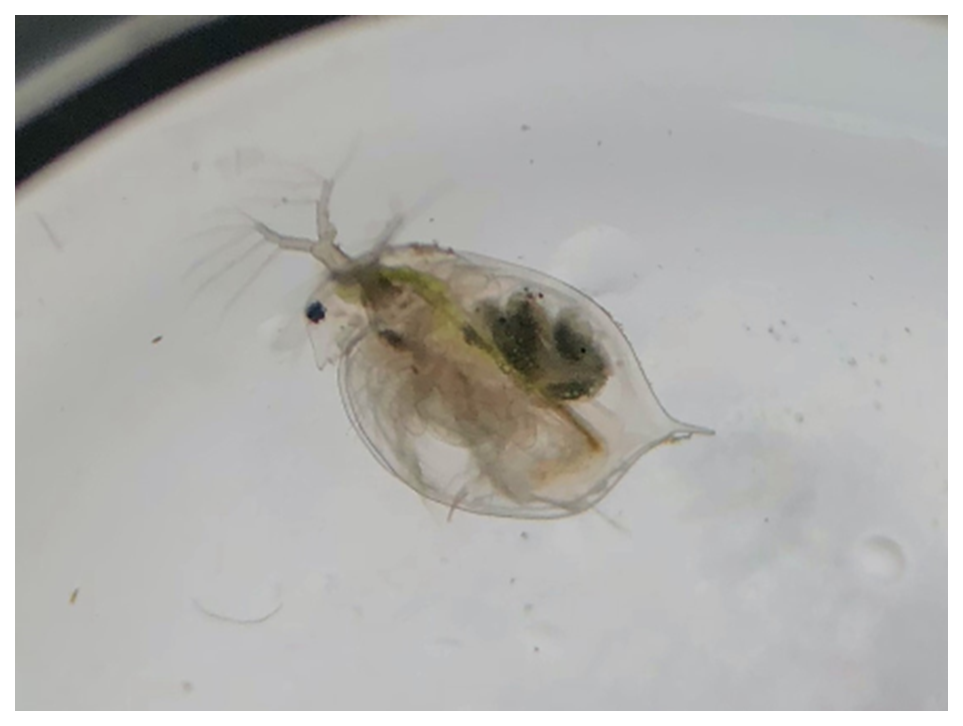
Zebrafish embryos provide highly relevant development and physiological responses to toxic substances as their transparency allows the observation of malformations, mortality, or behavioral alteration directly. Biobide’Acutetox Assay is done in an HCS format, based on the OECD 236 Guideline. Zebrafish embryos are treated with test compounds in 24-well plates and monitored for 96 hours, where cranioencephalic abnormalities, hearth formation, number of somites, and tail formation are described and compared with appropriate controls.
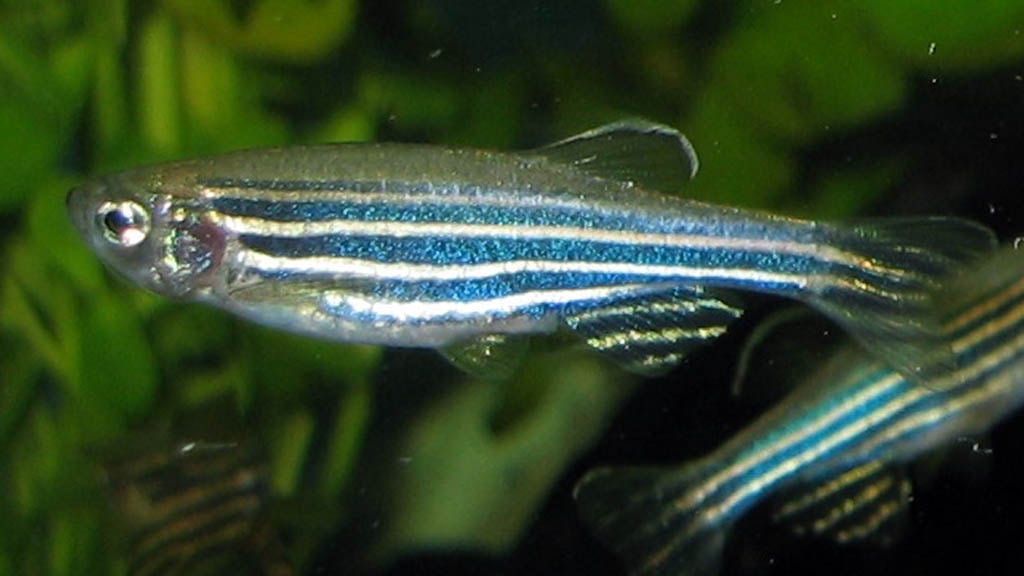
Implications and Solutions
Ecotoxicity findings are critical for water resource management and environmental conservation as they inform the identification of harmful compounds, assess their impact on aquatic ecosystems, and guide the development of effective pollution control measurements to safeguard water quality and biodiversity.
Regulatory measures are imperative to control the release of ecotoxic substances into the environment as they help prevent or minimize the adverse effects on ecosystems and human health. These measures ensure proper handling, storage, and disposal of hazardous substances, establish limits for pollutant emissions, enforce compliance with environmental standards, and encourage developing and using safer alternatives, safeguarding the environment and promoting sustainable practices.
Minimizing the impact of medicinal and chemical compounds on water quality requires a multi-faceted approach. First and foremost, companies should prioritize developing and using environmentally friendly compounds and production processes. Green chemistry practices for using safer solvents, and reducing or eliminating hazardous substances, can significantly reduce the potential ecotoxicological effects of compounds. Additionally, exploring NAMs, such as in silico models or zebrafish assays, can help reduce the reliance on animal testing and minimize the release of compounds into the environment.
Conclusion
In conclusion, protecting water quality is vital for the environment, and the research and development of drugs and chemical compounds must be conducted carefully. Through ecotoxicity assessments, we can gain valuable insights into the potential risks and take proactive measures to mitigate their impact. By conducting further research, embracing responsible practices, and implementing regulatory efforts, we can safeguard water quality, preserve aquatic ecosystems, and ensure a sustainable future. The significance of ecotoxicity assessments using bioindicators such as algae, daphnia, and zebrafish will help understand the ecological risks.
Biobide offers reliable HCS ecotoxicity assays, including Algae Growth-Inhibition Assay, Daphnia Acute Immobilization Assay, and Acutetox Assay (based on zebrafish embryos) that allow a complete, fast, reliable, and cost-effective manner of assessing ecotoxicity of drugs or chemical compounds.
By recognizing the implications of ecotoxicity findings, implementing regulatory measures, and adopting strategies to minimize the impact of medicinal and chemical compounds, we can safeguard water quality, protect aquatic ecosystems, and contribute to conserving our environment for future generations.
Sources
- https://www.epa.gov/chemical-research/ecotoxicology-ecotox-knowledgebase
- https://www.efsa.europa.eu/en/glossary/ecotoxicology
- https://www.oecd-ilibrary.org/environment/test-no-201-alga-growth-inhibition-test_9789264069923-en
- https://www.oecd-ilibrary.org/environment/test-no-202-daphnia-sp-acute-immobilisation-test_9789264069947-en
- https://www.oecd-ilibrary.org/environment/test-no-236-fish-embryo-acute-toxicity-fet-test_9789264203709-en



